SUMMARY
This is AI generated summarization, which may have errors. For context, always refer to the full article.
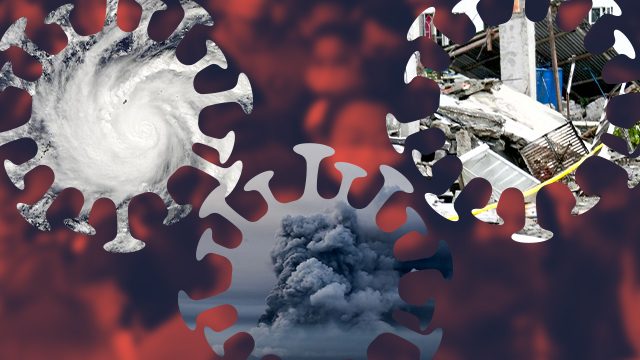
As the Philippines battled the coronavirus pandemic, Typhoon Ambo struck parts of the country, causing massive damage and displacing thousands of people. (READ: #ReliefPH: Help badly-hit towns recover from Typhoon Ambo)
While the Philippines had survived earthquakes, volcanic eruptions, and typhoons, these natural disasters did not happen alongside a pandemic. As shown by the experience of devastated communities in Eastern Samar, more resources will be required for rehabilitation and recovery along with preventive measures for COVID-19.
To help frontline local government units (LGUs), civil society organizations such as the Center for Disaster Preparedness and Disaster Risk Reduction-Network with The Asia Foundation are drafting a “disaster preparedness amid COVID-19” guide, which gleans from government guidelines.
To validate the contents of the guide, the groups launched a crowdsourcing platform on Facebook called Agap Banta to facilitate online consultations and allow the public, non-governmental organizations, community networks, and national and local governments to provide feedback on doable actions.
These are some of the ways mentioned to help local governments prepare for disasters during the coronavirus outbreak:
1. Scenario-building and revisiting contingency plans towards better risk assessment
- LGUs should review their disaster scenarios with pandemic surveillance data such as those that capture which communities will be highly affected, and what their current needs and available resources are
- Update database with disaggregated data (e.g, gender, age, disability) and vulnerable groups for better planning
- Review cluster responsibilities of the Local Disaster Risk Reduction and Management Council (LDRRMC) and train disaster volunteers and personnel on contract tracing
2. Improving early warning system and evacuation
- Ensure that early warning systems (EWS) include multi-hazards risk assessment
- Continue providing timely SMS alerts and public address on disaster and health advisory from the Philippine Atmospheric, Geophysical and Astronomical Services Administration, the Philippine Institute of Volcanology and Seismology, and Department of Health
- Improve public outreach like emergency hotlines and help desks, with preemptive evacuation alerts, physical distancing and hygiene reminders
- Use local language and understandable signages pointing to safe areas
- Encourage family disaster preparedness, such as prepping emergency bag essentials
3. Organizing volunteers and disaster responders
- Establish remote coordination mechanisms to train disaster volunteers and disseminate guidelines, such as online tabletop exercises, recorded or live disaster drills, and virtual walkthroughs inside evacuation centers
- When recruiting emergency responders, LGUs and NGOs can tap existing community-based organizations and structures and provide them with adequate medical protection gear, such as personal protective equipment (PPE) and face masks or shields
4. Ensuring LGU fund sufficiency and working with other partners
- The COVID-19 response has strained LGUs’ resources particularly the local DRRM Funds. LGUs should assess sufficiency of funding to ensure gaps are filled from supplemental budgets. Updated annual local DRRM Investment program can help with projections.
- Other financial solutions include fund-raising and partnerships with LGUs, civil society organizations, private sector, and businesses on logistics and supply chains and early recovery actions. Joint undertakings may include sharing of resources, facilities and expertise
5. Managing logistics
- The goal for emergency logistics and supply chain management – including procurement, warehousing, transportation and communications – is to ensure unrestricted movement of goods and supplies, especially food, medicines, PPE, medical equipment and construction materials for relief and recovery
- To avoid supply gaps, real-time inventory, reliable forecasts, and emergency procurement may be necessary
6. Checking of facilities
- Conduct risk mapping and assessment of facilities being used as quarantine centers, hospitals, DOH-accredited laboratories, and evacuation centers
- Ensure availability of back-up power supply, such as solar gensets, test kits. and ventilators in hospitals
- Carefully plan transport of patients in quarantine centers and hospitals located in disaster-prone areas
- Install markings for safe distancing
7. Physical distancing in evacuation centers
- Consider reassigning and communicating to families their designated evacuation centers and other alternatives such as emergency shelters, foster homes, and lodging houses, with markings for tents or beds
- Ensure the availability of essential facilities including medical clinics; stand-by vehicles for medical assistance; nursing room; water, sanitation and hygiene stations; and waste disposal
- Arrange for contactless distribution of food and non-food aid, regular disinfection of common areas, and routine temperature checks
- Provide face masks and vitamins to evacuees. (READ: How local governments observed physical distancing in evacuation centers)
With the country in a period of uncertainty amid complex disaster risks, we need to have a new way of doing and thinking.
LGUs and NGOs can strengthen family and community preparedness by getting families prepared and involved.
Organizations including Agap Banta can facilitate conversations with various stakeholders such as Department of the Interior and Local Government and the National Disaster Risk Reduction and Management Council to support LGUs to update their strategies towards greater community resilience.
While the Philippines faces compounded threats, proactive disaster risk management starting with preparedness could be the country’s best ally. – Rappler.com
The authors Krish Enriquez, Bonifacio Alfonso Javier III, Susan Rachel Jose, Kissy Sumaylo-Pearlman are part of the Disaster Risk Reduction Team of the Coalitions for Change (CfC) program. CfC is supported by The Australian Embassy and The Asia Foundation Partnership in the Philippines. The views expressed in this write-up however should not be construed as of those the Australian Government or The Asia Foundation.
Add a comment
How does this make you feel?


![[Time Trowel] Evolution and the sneakiness of COVID](https://www.rappler.com/tachyon/2024/02/tl-evolution-covid.jpg?resize=257%2C257&crop=455px%2C0px%2C1080px%2C1080px)


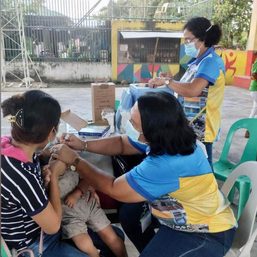
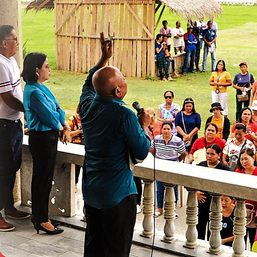
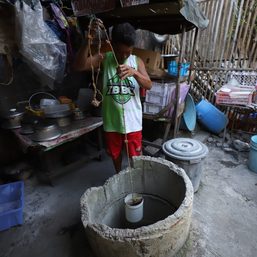
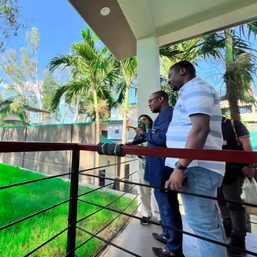
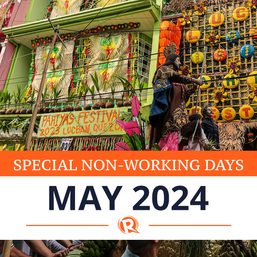
There are no comments yet. Add your comment to start the conversation.